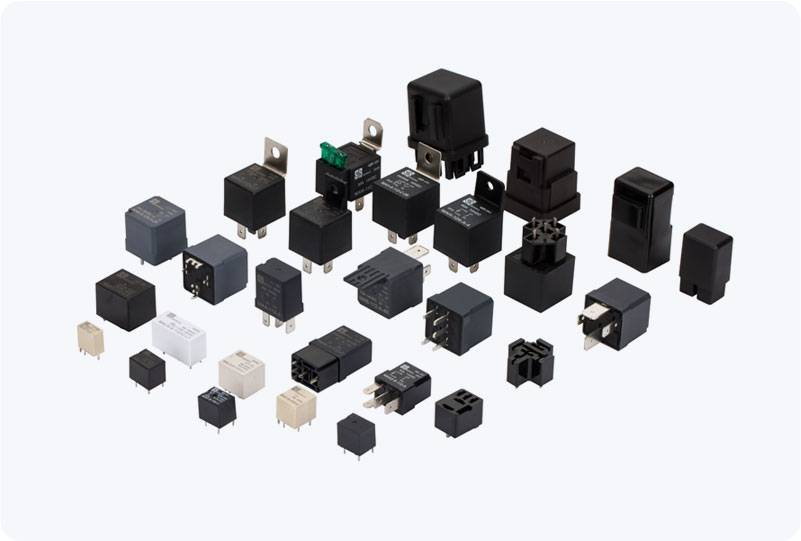Power relays are integral components in electrical systems that provide the necessary control for various high-power circuits. They are used to control the flow of electricity between different devices or circuits, ensuring smooth operation and protection. Power relays play a crucial role in numerous applications, from industrial machinery to household appliances. This article delves into the function, types, and importance of power relays in modern electrical engineering.

What is a Power Relay? A power relay is an electromechanical switch that allows the control of a high-power electrical circuit by a low-power signal. Essentially, it consists of an electromagnet that, when energized, operates a set of contacts that control the flow of current through a circuit. The primary function of a power relay is to isolate the control circuit from the load circuit, providing protection for sensitive components and ensuring safety and reliability in electrical systems. The relay works by using a small voltage or current to operate a set of contacts that control the larger electrical current. When the control circuit is activated, the electromagnet inside the relay pulls a set of contacts together, allowing the current to pass through the load circuit. Once the control circuit is deactivated, the contacts return to their original position, interrupting the flow of electricity.